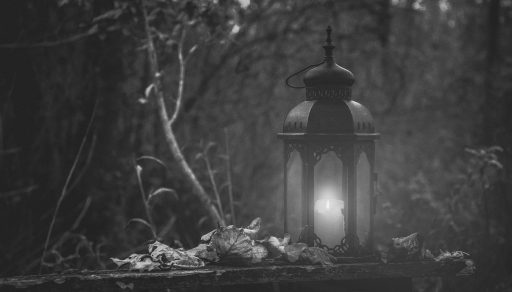The Geography of Ghosts
The concept of a “Geography of Ghosts” is an intriguing one that seeks to explore the connection between paranormal phenomena and the physical landscape. John Pendragon, a British psychic-sensitive and researcher, proposed a theory that certain areas, particularly in eastern England, are more prone to hauntings due to their history of battles and invasions. This idea suggests that the land itself may hold memories of traumatic events, leading to a higher concentration of ghostly activity in specific locations.
Pendragon’s theory delves into the geological composition of these haunted areas, noting that they are primarily composed of soil types from the Tertiary and Quaternary periods, the most recent eras of geological history. He specifically highlights Essex, a county with a high percentage of London clay, as having the greatest number of haunted sites in England. This observation raises the question of whether certain subsoils are more susceptible to retaining or conducting paranormal energy than others.
To support this idea, Pendragon references the work of astrophysicist Robert Millikan and French physicist Georges Lakhovsky. Millikan discovered that certain soils absorb cosmic waves more readily than others, while Lakhovsky noted a higher incidence of cancer in areas with clay soils and soils rich in ores. These findings suggest that the composition of the soil may affect the absorption or deflection of cosmic rays, potentially influencing paranormal activity.
The notion that traumatic events can leave an imprint on a location is a common theme in ghost lore. Battlefields, sites of human sacrifice, and locations of terrible murders are often associated with hauntings. The theory posits that intense human emotions can saturate a place with a particular vibration, creating an atmosphere conducive to ghostly encounters. This idea is exemplified by the tales surrounding Pendragon Castle in Cumbria, where ghostly ladies in white and a mysterious horseman are said to haunt the ruins, possibly linked to the castle’s turbulent history and legends of buried treasure.
While Pendragon’s theory focuses on eastern England, there are numerous reportedly haunted locations throughout Britain. Whitby Abbey in North Yorkshire, associated with the Dracula legend, and Hampton Court Palace, where various Tudor-era ghosts are said to roam, are just two examples. Other notable haunted sites include Cawdor Castle in Nairnshire, home to the ghost of a murdered heiress, and Pluckley in Kent, known as Britain’s most haunted village.
It is important to approach these theories and stories with an open mind and a critical perspective. While the idea of a “Geography of Ghosts” presents an interesting intersection of geology, history, and paranormal beliefs, it lacks rigorous scientific verification. The connection between soil composition, cosmic rays, and paranormal activity remains speculative and would require further investigation to substantiate these claims.
Moreover, the interpretation of historical events and their potential impact on the paranormal is subject to debate. The stories and legends surrounding haunted locations often evolve over time, shaped by local folklore and the human fascination with the supernatural. Separating fact from fiction in these tales can be challenging, as the line between historical record and imaginative embellishment is often blurred.
Despite the lack of concrete evidence, the “Geography of Ghosts” theory continues to captivate those interested in the paranormal. It offers a framework for understanding the distribution of haunted sites and provides a starting point for further exploration and discussion. Whether one believes in the existence of ghosts or not, the idea that the land itself may hold memories and energy is a thought-provoking concept that adds depth to our understanding of the relationship between human history and the environment.
Further reading:
Ghosts and Quantum Theory
The Stone Tape Theory
Social Theory and The Haunted House




